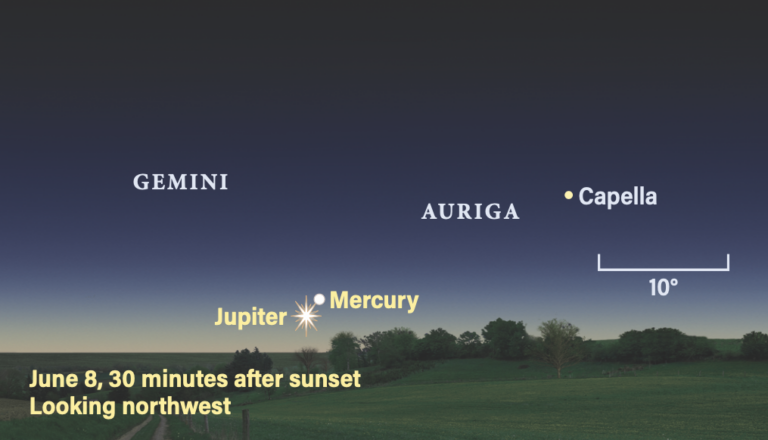Regardless of source, if the curse fits, use it.
Today is June 3. I need to say that because anything that I write will be a period piece from the reader’s perspective. If you remember your ancient history, for me the nation is just “opening up,” even as centuries of social tension spill out onto the streets and serious threats of martial law are in the air.
COVID-19 is below the fold at the moment, but it won’t stay there. We’re about 110,000 dead into this thing, but only about 4 percent of the population has had the disease. If 80 percent of the population must ultimately get COVID-19 to establish herd immunity, that’s a factor of 20. You can do the math — although by the time you read this you may not have to.
Lately, I’ve noticed among friends and acquaintances that scientists and nonscientists are likely to see things very differently. Physicists, astronomers, geologists, mathematicians, biologists … we aren’t epidemiologists. At first glance, you might guess that we have no more insight into this thing than anyone else does. And, yet, independently we all seem to be reaching the same conclusions that epidemiologists reach. That this thing is far from over. How is that?
Those of you out there who are scientists know the answer. It’s handy to draw boundaries between disciplines when it’s time to balkanize a university and start fighting over who gets faculty lines and new buildings. But the brain doesn’t come equipped with nice, well-defined barriers that separate thoughts about physics from thoughts about epidemiology from thoughts about economics. Organization charts of universities can be balkanized, but knowledge cannot.
For quite a while, the really cool stuff has often come from people who are willing to run roughshod over artificial divisions. People who refuse to respect those boundaries are called “interdisciplinary,” “transdisciplinary,” or just plain “innovative.” Quite often, it takes the perspective of an outsider to see what the insiders are missing. Physics turns out to be a good jumping-off place for such excursions, as witnessed by the fact that physicists have helped revolutionize everything from financial markets to biology to models of brain function.
In the real world, math is math is math. Systems are systems are systems. Everything is ultimately physics. Lessons of complexity and chaos generalize. I have a former colleague who made the jump from the dynamics of physical systems to biophysics more or less overnight. I asked him about it and he said that the transition was easier than you might imagine. He would look for biological systems described by equations that are formally the same as equations describing some physical system. Deep insights into biology came from simply translating known solutions from physics into a biological context.
Lift the hood on computer models of anything from epidemics to astrophysical shock waves to Earth’s climate to the evolution of the structure of the universe. You will find the same kinds of math, the same kinds of tools, the same kinds of relationships, and similar solutions to mathematically similar problems.
It’s a lot like lifting the hood on a Chevy, a Ferrari and a Mazda. The parts look a bit different and the manuals are written in different languages, but if you know your way around one, you’ve got a good start on figuring out the others.
Right now, the downside of understanding differential equations is that you don’t get to go to bars and be carefree. The upside of understanding differential equations is that you recognize that it might be a good time to stock the larder.
In the past, I’ve written about the remarkable extent to which we all construct our own unique perceptual and experiential worlds. I cannot know the world of your mind, and you cannot know the world of mine. But it would seem that scientists share some of the scaffolding upon which our personal worlds are constructed. That scaffolding is built around appreciation of structures, patterns, and relationships in the objective world we all share.
Sometimes, that way of constructing minds is especially powerful, and sometimes it is a pain in the backside. Scientists can get befuddled at how nonscientists think, just as our framework is incomprehensibly alien to many others. But this I can say: Looking at the world through the eyes of a scientist, these are indeed interesting times.










